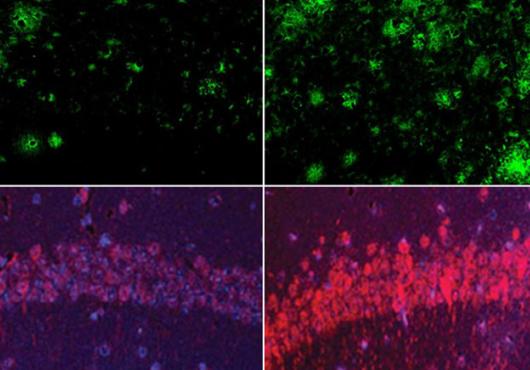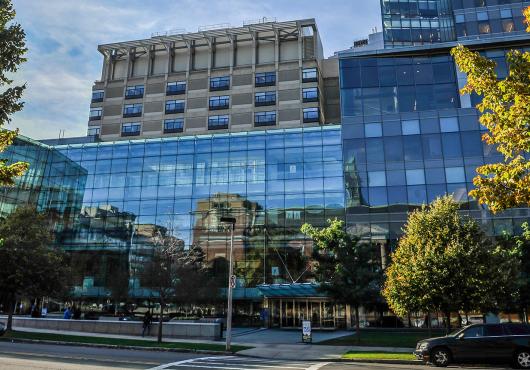HMS researchers have discovered how a common bacterium that lives in the gut can turn into a highly antibiotic-resistant “superbug,” a particular challenge to hospitals because they frequently handle patients with infections and others who are highly vulnerable. The study, appearing in the July 6 Proceedings of the National Academy of Sciences, shows the way the bacterium Enterococcus faecalis acquires and passes on virulence and the ability to withstand antibiotic drugs.
Michael Gilmore, the Charles L. Schepens professor of ophthalmology at HMS and the Massachusetts Eye and Ear Infirmary, led the study as part of a Harvard-wide project on antibiotic-resistant infections funded by the National Institutes of Health and the National Institute of Allergy and Infectious Diseases.

“Despite our best efforts, nationwide, about five to six percent of patients develop infections while in the hospital,” Gilmore said. “Such infections are thought to cause about 99,000 deaths annually.”
The researchers looked at E. faecalis, a naturally occurring and usually beneficial bacterium in the human gut. Over the past 30 years, strains of these bugs have emerged with increased toxicity and resistance to many widely used antibiotics. Many of the genes contributing to virulence are clustered on a large genetic element called a pathogenicity island, which is chiefly responsible for the bacterium’s capacity to cause disease.
Gilmore and his colleagues set out to determine how a bacterium acquires the pathogenicity island. To their surprise, they found that two plasmids—separate rings of genetic material—were causing large portions of the chromosome to move from a donor strain of the bacterium to a recipient strain. When two bacteria mate, plasmids are replicated and transferred. But in E. faecalis, the researchers found, the plasmid integrated into a chromosome of the donor bacterium, then initiated the transfer of not just the plasmid, but also of lengthy stretches of the donor chromosome.
“We showed movement of antibiotic resistance, the pathogenicity island and many other genes, converting a normal gastrointestinal tract bacterium into a multidrug-resistant strain in the laboratory,” said Gilmore. Gilmore and his collaborators are now screening and testing compounds for possible new drugs that can fight infection, as well as examining possible pathways for the development of resistance in these bacteria.
For more information, students may contact Michael Gilmore at michael.gilmore@schepens.harvard.edu.
Conflict Disclosure: The authors declare no conflicts of interest.
Funding Sources: The National Institutes of Health; the authors are solely responsible for the content of this work.


